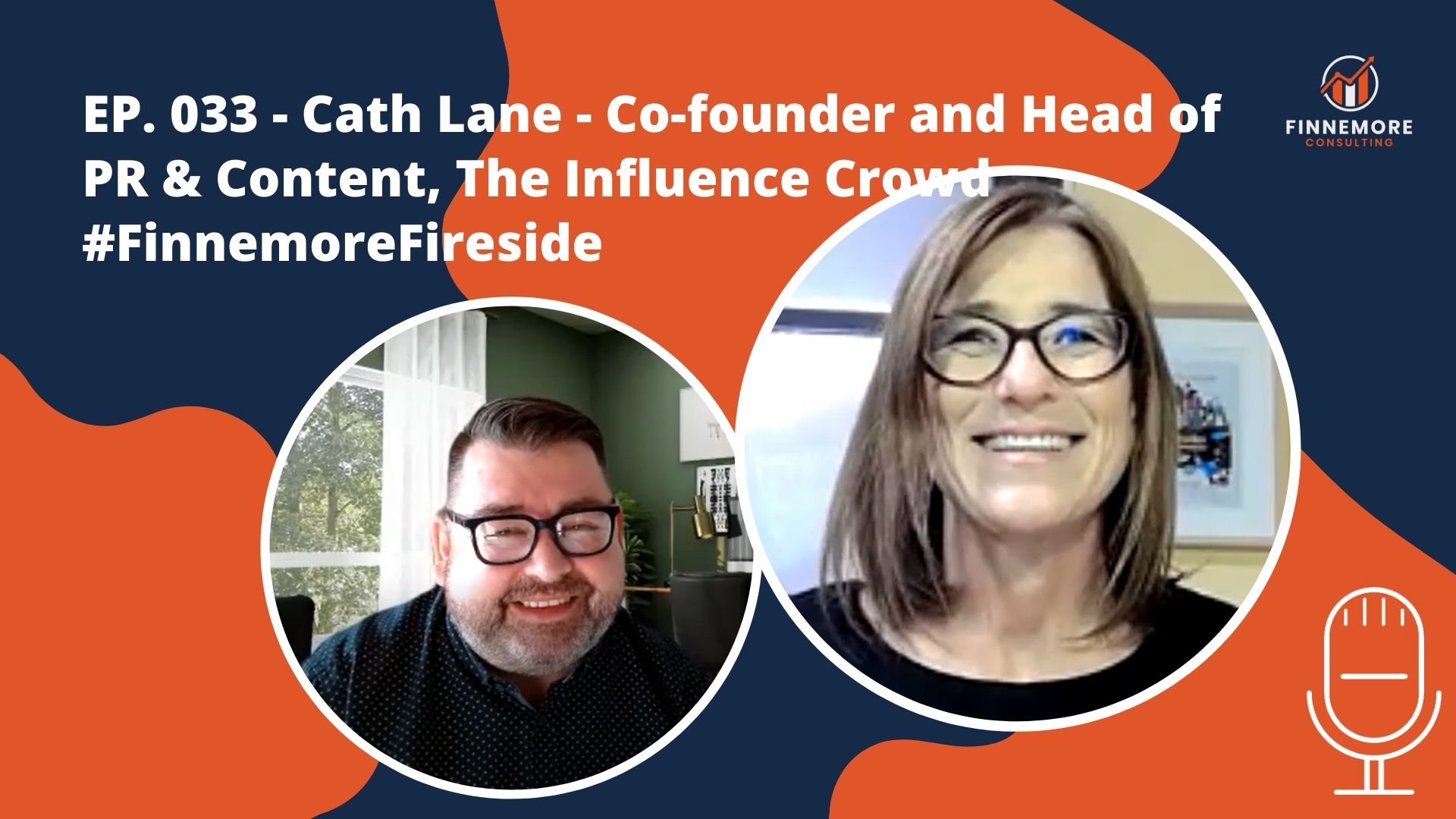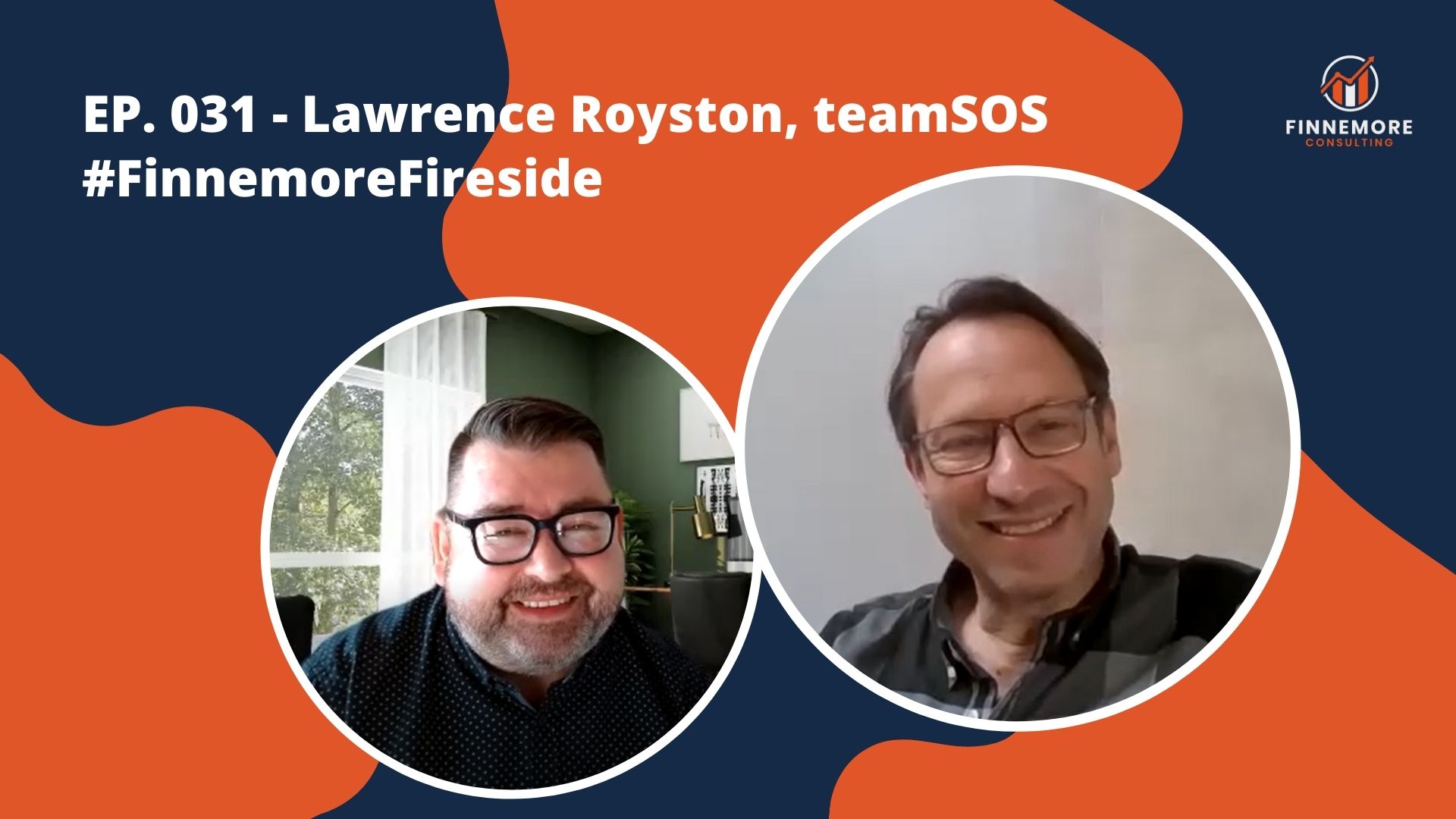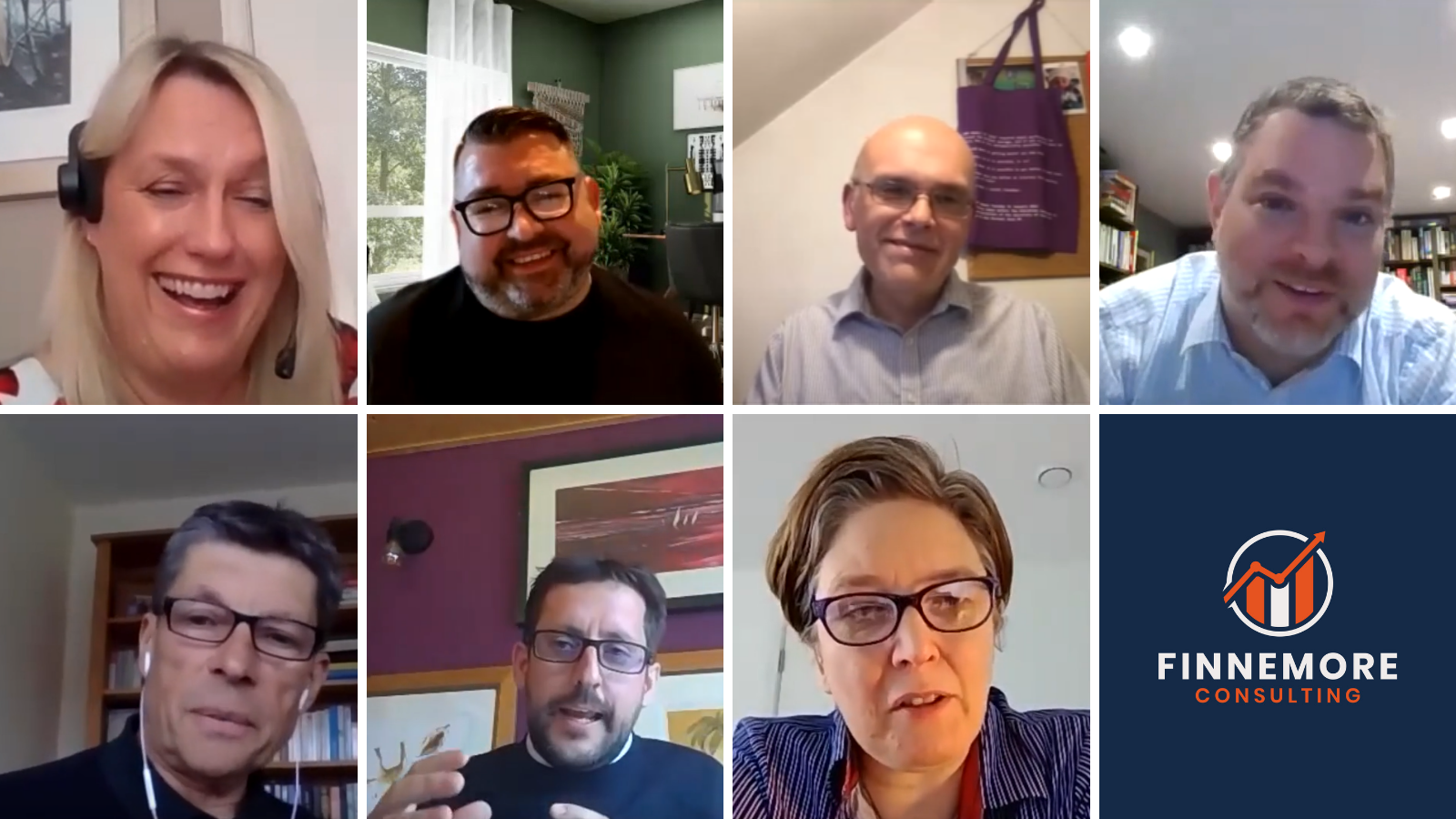If you’re losing sales then it’s usually down to these very basic reasons (despite what sales gurus might tell you!):
1. You’re missing the mark on value.
If what you’re offering doesn’t solve a problem or make life easier for your customers, they’re not going to buy. It’s as simple as that.
2. You’re not really listening.
Ever been on the phone with a salesperson who just talks at you? Not fun. Listening to what the customer needs is the first step to making a sale.
3. You’re jumping the gun.
Nobody likes feeling rushed. Pushing for a sale before you’ve built any kind of relationship is a surefire way to turn people off.
4. You’re wasting time on dead ends
Not all leads are worth pursuing. Learn to spot the ones that are just going to waste your time.
5. You’re ignoring objections
Brushing off concerns instead of addressing them only makes the customer more hesitant. Take objections seriously and work through them.
6. You’re forgetting to follow up
Out of sight, out of mind. Don’t let prospects forget about you—follow up and stay on their radar.
7. You’re making things complicated
Keep it simple. A confusing sales process is a sure way to lose customers.
8. You’re pretending competitors don’t exist.
Know your enemy. No solution is so unique that it doesn’t have any competition. Ignoring the competition won’t make them go away—it’ll just leave you in the dust.
9. You’re blending in instead of standing out.
If you’re just another fish in the sea, why should anyone choose you? Find your unique selling point and shout it from the rooftops.
10. You’re skipping the relationship-building part.
People buy from people they like. Take the time to build relationships—it’ll pay off in the long run.
Losing sales feels awful but it’s not the end of the world. Learn from your mistakes, tweak your approach, and carefully rebuild your pipeline being mindful of the above.
Is there anything I’ve missed? What would you add?
#sales #selling #edtech #pipeline #relationships #closing #saleprocess #edtech








